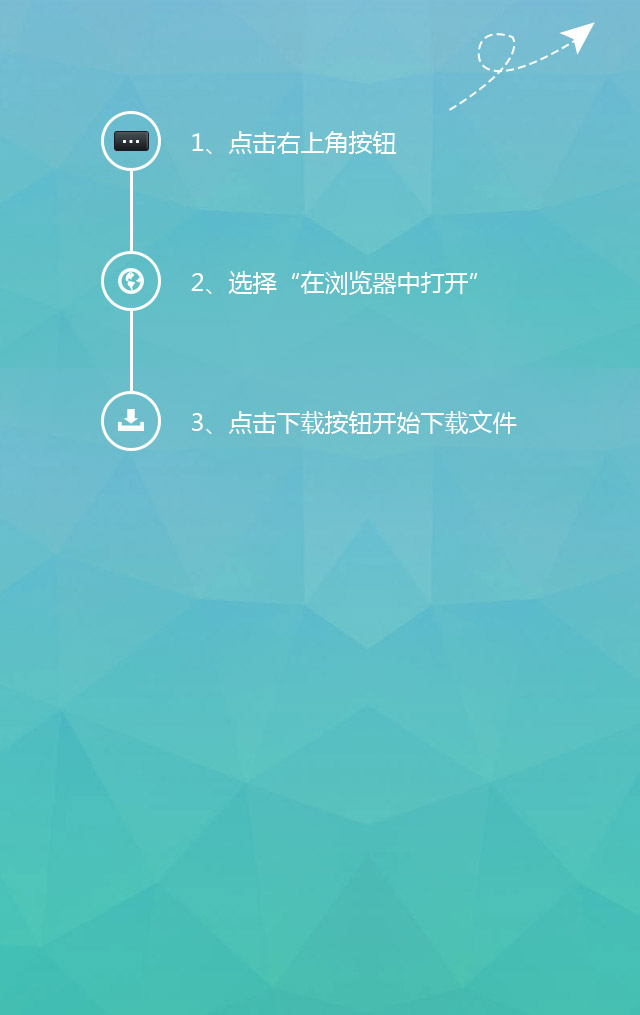Summary of manual assembly points for the latest PCBA surface mount component electronic products
1. Surface mount technology SMT (Surface Mount Technology) is a new generation of electronic mounting technology, which compresses traditional electronic components into devices with only a few tenths of the volume, thus realizing high density, high reliability, miniaturization, low cost, and automation of production for electronic product mounting.
2. Surface mount components are mainly divided into two categories: chip passive components and active devices. Their primary features are: miniaturization, leadless (flat or short leads, suitable for surface assembly on PCBs.
3. The packaging method of surface mount components directly affects the efficiency of assembly production, and it is necessary to optimize the planning in combination with the type and number of mounter feeders. There are mainly four packaging methods for surface mount components, namely, tape, tube, tray and bulk.
4. Solder is a fusible metal. It can form an alloy on the surface of the base metal and be integrated with the base metal. It not only completes the mechanical connection, but also is used for electrical connection. In welding science, it is customary to call soldering with a soldering temperature lower than 450 ° C, and the solder used is also called soft solder. The soldering temperature of electronic circuits is generally between 180°C and 300°C, and the main components of the solder used are tin and lead, so it is also called tin-lead solder.
5. Solder paste is made by mixing solder powder with paste flux with soldering function. Generally, the proportion of alloy solder powder accounts for about 85% to 90% of the total weight and about 50% of the volume
6. SMD glue is also known as adhesive. In the mixed assembly, the surface mount components are temporarily fixed on the pad pattern of the PCB, so that the subsequent wave soldering and other process operations can be carried out smoothly; in the case of double-sided surface mount, assist in fixing the surface mount components to prevent the surface mount components from falling when vibration occurs during flipping and process operations. Therefore, before mounting surface mount components, it is necessary to set the position of the pad on the PCB and apply the adhesive.
7. There are two most common types of manual welding: touch welding and heating gas welding.
8. Heating control is a key factor in the desoldering process. The solder must be completely melted to avoid damage to the pad when removing components.
9. The content of the desoldering plan includes: according to the type, standard size and packaging material of the device to be dismantled, use the standard database parameters provided by the rework equipment to basically determine the temperature plan and air volume of the top and bottom heating, select the appropriate hot air nozzle and vacuum nozzle; cancel the surrounding components that affect the operation according to the desoldering work plan or apply necessary heat resistance measures, determine the heating time, etc.
10. After the ball grid array package is removed, solder balls need to be reformed. This process is generally called ball planting. When a BGA package device is removed from the PCB, there will always be some solder balls remaining on the device, and others remaining on the pad. The solder balls remaining on the solder pads are generally like solder icicles. If it is required to reinstall this type of device on the PCB, it is required to carry out all solder ball reformation and PCB pad cleaning preparations.
11. The rework process of BGA packaged devices can be divided into four steps:
① It is to clean the solder balls or solder on the surface of the pads on the BGA and the PCB pads, and clean up the original solder pads to keep them flat. When processing, try to use flux and tin absorbing tape with the same chemical composition as in the original assembly process, which will reduce the possibility of accumulation of residues on the ball grid array surface of small package devices such as CSP or flip chip and the village below;
②Apply the prepared flux evenly to the pad;
③It is to manually transplant the prepared solder ball particles corresponding to the diameter of the original device solder balls to the corresponding pads;
④ According to the solder ball and flux temperature requirements, the BGA that has completed the ball planting is placed in a suitable temperature atmosphere to "cure" so that the solder ball and the solder pad are closely and firmly connected.
Recommend
-

-

QQ Zone
-

Sina Weibo
-

Renren.com
-

Douban

